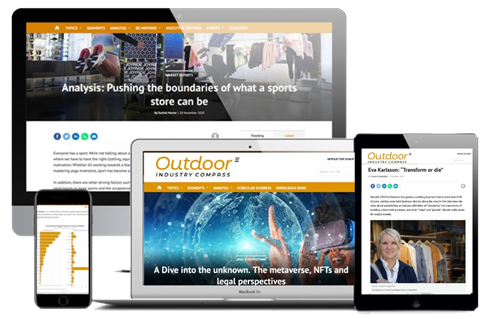Incoming legislation: Comply – or risk trade restrictions

With Gen Z driving demand for sustainable products, the EU Green Deal sets tougher rules for clothing, electronics and batteries. Our columnist Charles Ross examines the legislation affecting our industry.
Sign-in if you already subscribe to The Outdoor industry Compass.

Subscribe today
Get access to what the top decision makers are reading in the outdoor industry.
- Analysis across Retail, Sustainability, Technology, Corporate and M&A, Financial Development, Market and Trends, Legal & Regulation, Trade & Sourcing and more
- Essential weekly E-mail Briefings with the latest analysis and most important industry developments
- Find inspiration to drive your business forward with our case studies and best practices on business opportunities
- Guest chronicles, C-Suite interviews, insights from industry experts and leaders that are shaping the future of the industry
- Organisation-wide access across offices, people and devices
